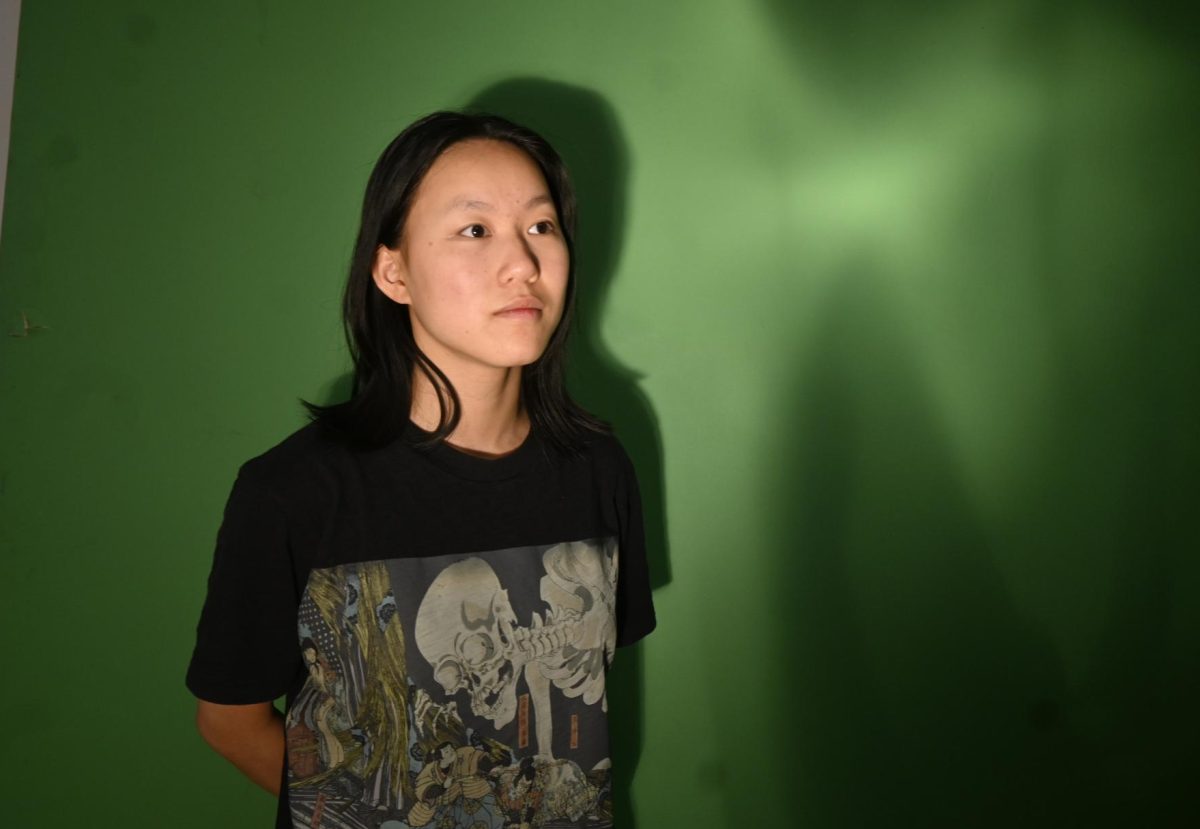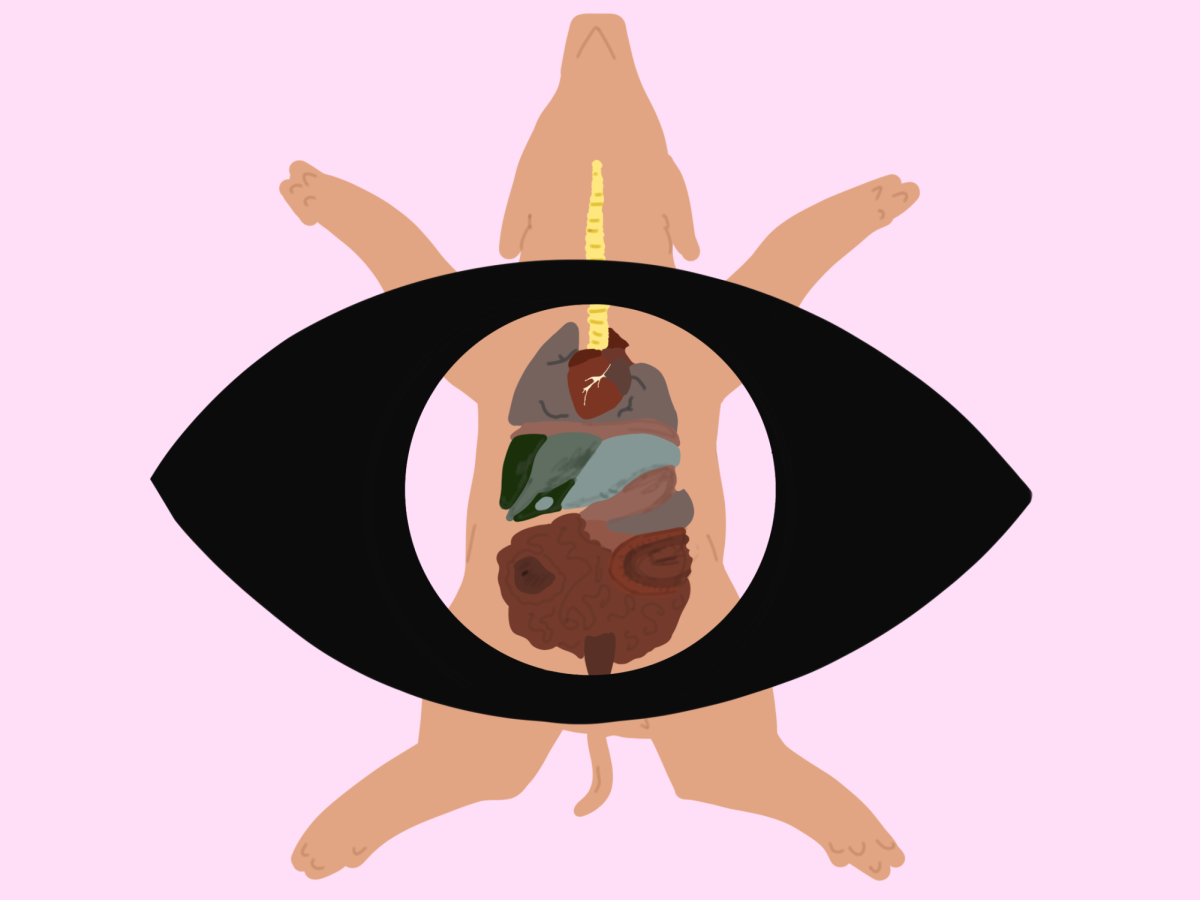Stepping into her AVID classroom for the first time during her freshman year, junior Victoria Sy was immediately struck by the disconnect between the reality around her and her expectations. The AVID informational presentation she had attended in eighth grade had painted the program as a “support class” for those with grades teetering on the edge. However, now standing among an eclectic mix of classmates, including straight A students, Sy could not tell how things would play out.
“My perception of the course, especially during freshman year, was really bad, actually,” Sy said. “When I went to a presentation at Kennedy, they advertised it as: if you have C’s and B’s, you should come to this program.They also had other students in the course at the time just talk about it, and they kept saying this word ‘community.’ So just watching these teachers say ‘community,’ and then having their little line of students just repeat that, it just seemed like they’re just being forced to say that they like the course.”
Despite these misgivings, Sy enrolled in the course for the academic support it promised. Three years later, her initial skepticism has turned to commitment to the course, as she’s gained a deeper understanding of the support AVID offers, beyond the scope of academics.
The AVID program, as described on its official website, aims to close the achievement gap for traditionally underrepresented groups in college enrollment and to maximize students’ potentials by encouraging them to take charge of their education. In class, AVID students are led through self reflections, study sessions, college preparation, career exploration and basic life skills that are meant to not only set them up for academic success, but to prepare them for life beyond school.
However, Sy feels that the advertising she experienced from the program is overly centered on providing academic support, which combined with its portrayal as a “support class,” often leads people to believe that AVID is a “special class” for those failing their classes. AVID Coordinator Lynn Rose adds that the difficulty of representing the variety of support AVID offers contributes to the misunderstanding that AVID is exclusively for students struggling academically.
“It’s hard to describe AVID, and I think that’s why a lot of students and some teachers don’t understand what the program is fully about,” Rose said. “Our goal is to make sure the student is successful academically, and in the social, emotional piece as well, and that they have the tools to thrive. Some students who are first generation Americans, their parents at home might not be able to support them as well as maybe another student whose parents did go to high school in the US, so AVID can provide them with that too.”
Moreover, according to AVID and MVHS alum Hope Takahashi ‘19, the stigma surrounding the course is fueled by the pressure to succeed, often experienced by students and parents in the Bay Area. Having majored in Psychology and Education as an undergraduate student, Takahashi recognizes that Cupertino has a particularly prevalent culture of powering through difficulties rather than reaching out for support.
“The stigma around mental health and supporting the whole student and not bottling up feelings is a really big thing in Cupertino and in the Bay Area,” Takahashi said. “So the idea that your child, your student, may need a little extra help, or they can’t just sit at their desk and study for hours and not have any help, is kind of taboo. There’s this culture of, ‘We’re not going to help our student.’”
Takahashi appreciates a program like AVID, which encourages students to ask questions and lean on their peers for support, dispelling the stigma around dependence. With tutors embedded in the program and collaborative study groups, AVID creates an environment where students not only receive help but also learn to offer it, reinforcing the “community” the program strives for.
Comparing her experience with AVID as similar to having a homeroom class, Sy believes in the benefits of having a trusted adult on campus who she knows well. Rose echoes this sentiment, noting that many AVID students join the program because they benefit from the support system provided by a constant group of peers. Over her years of teaching, she has even been affectionately referred to as students’ “school mom.” While Takahashi also admires the familial bond that AVID cultivates, she acknowledges that it can lead to the misconception that AVID operates as an exclusive clique.
“AVID really is like a family,” Takahashi said. “We do become really, really close, because we spend every single day together, and we go on these field trips. But it’s also not like a clique. It’s just that we hang out with these people and we have a deeper understanding of who we are as people and academics, which is something that you don’t get around here in the Bay Area.”
As the stigma surrounding AVID may fade with time and better outreach, Rose hopes the program’s true purpose will shine through — offering a safe space for students to grow into their fullest potential.
“The takeaway is the realization that everybody in high school needs some support in order to thrive,” Rose said. “There are students that are capable but might not be living up to their potential — that need some other support in place. And the AVID program is that program on campus, and one of the few that can provide that level of support.”












